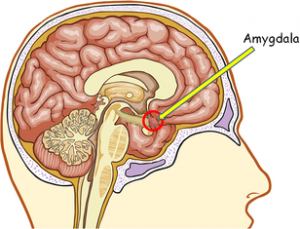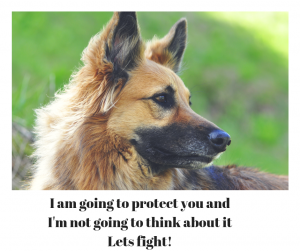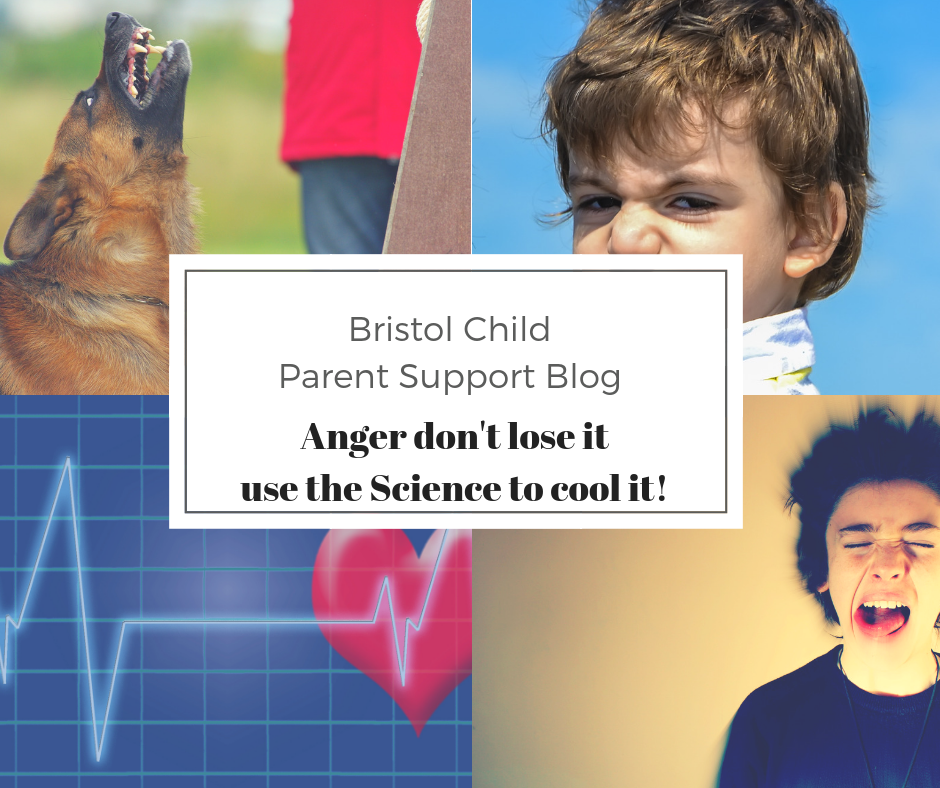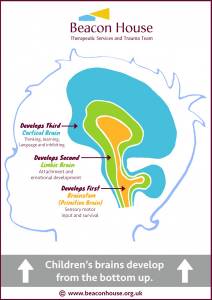I receive feedback on what parents find helpful in my sessions and workshops. The science of anger and aggression is near the top. Here are some simple insights for you and your child:
What is Anger?
Anger is not fear, stress or anxiety. Anger makes you and your child hot-headed, and fear often makes you feel cold and clammy.
What makes us angry?
Parents and children can get angry about many things, typically in adults, and two things may trigger it.
- Violation (infringement, breach) of expectation
- Blockage of goals (I am doing this, I want to do this, get out of my way)
For example, we are driving happily, and someone cuts us up, making us feel each of those things.
In children, it’s more complicated, as they are not born with self-control, and so they get angrier quicker, and not for the same reasons as we would, such as:
- Sharing their toy,
- Or when your child wants a lolly, and they can’t have it
- Leaving somewhere, being tired and hungry (more on this at my workshop)
Is anger excellent or bad?
Neither is far more complex. Anger is a normal emotion to be understood, utilised and controlled. On the upside, anger can motivate us to create and energise, but it has a bad rap in English culture.
What Happens in the Brain?
Making it simple (the brain is a complex structure, and we are still learning), we have three brains:
1. Brainstem often called the Reptilian brain
This is the brain we share with birds and reptiles. Think of it as the “housekeeping brain”.
Hunger, temperature control, fight-or-flight fear responses, defending territory, keeping safe — that kind of thing. The structures that perform these functions within our brains are incredibly similar to those in the brains of reptiles.
2. The limbic system (feelings and emotional development)
We share this brain with cats, mice, and other mammals. Mammals have feelings, so we develop attachment and emotional development in this part of the brain.
3. The neocortex, cortical brain
Humans can do so much more than some animals, and they can think, reflect, create, empathise and more.
 Inside the limbic system resides the Amygdala; the Amygdala, the part of the brain that deals with emotion, is activated.
Inside the limbic system resides the Amygdala; the Amygdala, the part of the brain that deals with emotion, is activated.
The Amygdala wants you to take action! Most likely to fight, but not always.
It is like a guard dog, and it doesn’t think. It wants to ensure you can survive and sends messages to another part of your brain. Hormones released, such as adrenaline, cause the fight response. This is all hardwired.
How long is the Anger Response?
It is a sudden burst; the neurological response to anger lasts less than two seconds. After that, it takes a commitment to amplify or continue. Many other therapists and I advise counting to 10 and deep breathing.
The time allows the “cortical brain or thinking brain” to come up with a solution, and tricky if you need to manage the anger or meltdown in your child. Children’s brains are born unfinished and from the bottom up, so they get angrier quicker. Sometimes, it takes longer to calm down if the feeling is misunderstood.
What does anger do to my body and my child?
If you get angry a lot, a small amount of stress can be stimulating, but if you are chronically sore, there are significant consequences, according to Dr Geoffrey H Tofler:
The risk of a heart attack is 8.5 times higher in the two hours following a burst of intense anger.
( Geoffrey H Tofler et al. Triggering of acute coronary occlusion by episodes of anger. European Heart Journal: Acute Cardiovascular Care, February 2015 DOI: 10.1177/2048872615568969).
Children also have high risks.
It’s normal for children to be dysregulated. However, constant dysregulation leads to high cortisol levels. There are links between elevated cortisol and depression, anxiety and emotional dysregulation later in life. And in addition, impaired physical illness.
Is it nature or nurture?
We inherit genes, but don’t know which gene may be switched on. We LEARN to deal with and control anger, like we learn everything else. The environment you grew up in would play a big part, especially if your parents were not good models for reacting to and regulating anger. We tend to develop two ways of responding to anger.
1. Angry Withdrawal (bottle up and may later explode)
2. Ventors
How are you? How do you manage conflict within your home and with your children?
The Good News!
We always need to start with how we react as parents; then, our children can learn positively from us. If you were traumatised as a child, then seek help and:
1. Become conscious of your body, how you react, and how your brain works, then teach it to your children. I meditate; it’s a little more than being mindful; it’s been life-changing and enables a sense of calm for my body and mind.
2. We must intend to express it differently and prioritise it. Habits can take a long time to change, but the brain is plastic, so there is always time.
3. You must practice many times, so it’s all about repetition. This is the same for children; they need to understand their brain and how it works, and help them manage emotions by talking and expressing them.
To Summarise
Anger is complex and neither good nor bad, but constant outbursts damage you and your child.
Parenting is hard, and we all need support. If you are worried about your anger and your children, please contact me if you would like to attend a workshop or consultation. With Love Catherine
References:
Beacon House has some excellent resources on brain-based trauma, such as those I have used above.





